St Coolan’s Well, Tuamgraney, County Clare
You wouldn’t know it to visit, but Tuamgraney is one of the most important local ecclesiastical sites in Ireland. Today it’s a quiet village near the southern end of Lough Derg, not far away from the site of last week’s hilltop expedition, our visit to Holy Island, or the two wells of Killaloe. In early Christian Ireland though, it was all happening here. The village is mentioned in the Annals of Ireland more than thirty times between the eighth and the sixteenth centuries, and is still home to St Cronan’s Church, a tenth-century building said to have been founded by local hero Brian Boru, which remains the oldest church still in use in Ireland.
Also nearby is the famed ‘Brian Boru oak’, a tree said to be a thousand years old, which is a tiny remnant of the great oak forest that once covered this region. (Here is a pleasantly old-fashioned TV news piece from 1987 about the tree.) It’s well country, basically.
This week’s site is a lot easier to find than the last one. For a start, its location has been established for centuries, and secondly it’s right next to the main road out of the village. In fact, the old stone wellhouse of St Coolan’s Well stands in the driveway of a big stone house. When we drew up in our car to visit the well, the house owner came out onto the drive and looked at us suspiciously. It seems this well doesn’t get too many visitors.
The wellhouse is a perfectly formed little construction. It looks like a miniature house itself, though I’m not sure what kind of creature would live in it:
The wellhouse is more than two centuries old. Above the doorway, beneath an intriguing piece of stone that looks for all the world like a piece of cooled larva, is a stone plaque, hand-carved and hard to read:
The words on the plaque, once deciphered, read:
Inside, once your eyes have adjusted to the gloom, you will see that the well is not, as so often, a spring, but a fast-flowing stream, which passes under the house and flows on into the ground. The water looks - and tastes - beautifully fresh:
Into one side of the wall has been built a little nook for offerings. It doesn’t look like anyone has offered much for quite a while:
Behind the well, next to the house, looms a huge and beautiful ash tree. Was this a companion tree to the well, and was it once hung with offerings? If so, it is today as empty as the wellhouse. But then, it is in somebody’s garden:
It doesn’t looks as if St Coolan, or Collaun, or Coelan, has been venerated here for a long time. This could be because his identity seems confused, as the name variants suggest. It has been suggested, indeed, that this name is even a corruption of one of the many St Colmans that Ireland has produced over the centuries. It is more likely, though, that the well is named for a Coelan, who was one of the many saints that nearby Holy Island in Lough Derg produced perhaps in the seventh century, and who was said to have died in Tuamgraney.
Coelan is supposed to have written a lost manuscript life of St Bridget, which somehow wound its way across continental Europe and ended up in the monastery of Monte Cassino in Italy for safekeeping. It remained safe for over a millennium, right up until 1944, when the Allies dropped 1400 tonnes of high explosives on it in their campaign to liberate Italy. The Allied bombs killed precisely no German defenders, but did destroy centuries of priceless manuscripts and artefacts, in an act that Pope Pius XII called ‘a colossal blunder’ and ‘a piece of a gross stupidity.’
I don’t suppose many people in Tuamgraney know much about that, or why it might be connected to Brian Boru, Holy Island, a local stream or the little stone wellhouse that most of us drive past without a second thought. It is strange indeed where the works of saints can go.


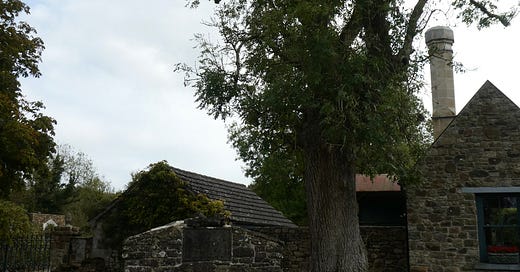



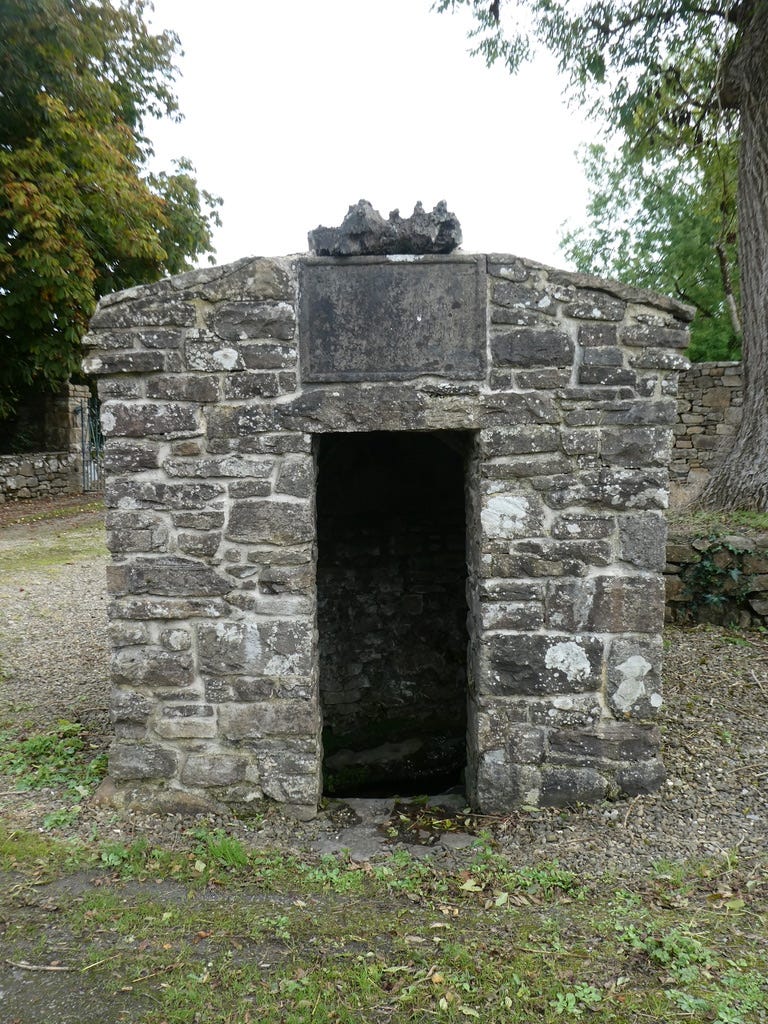
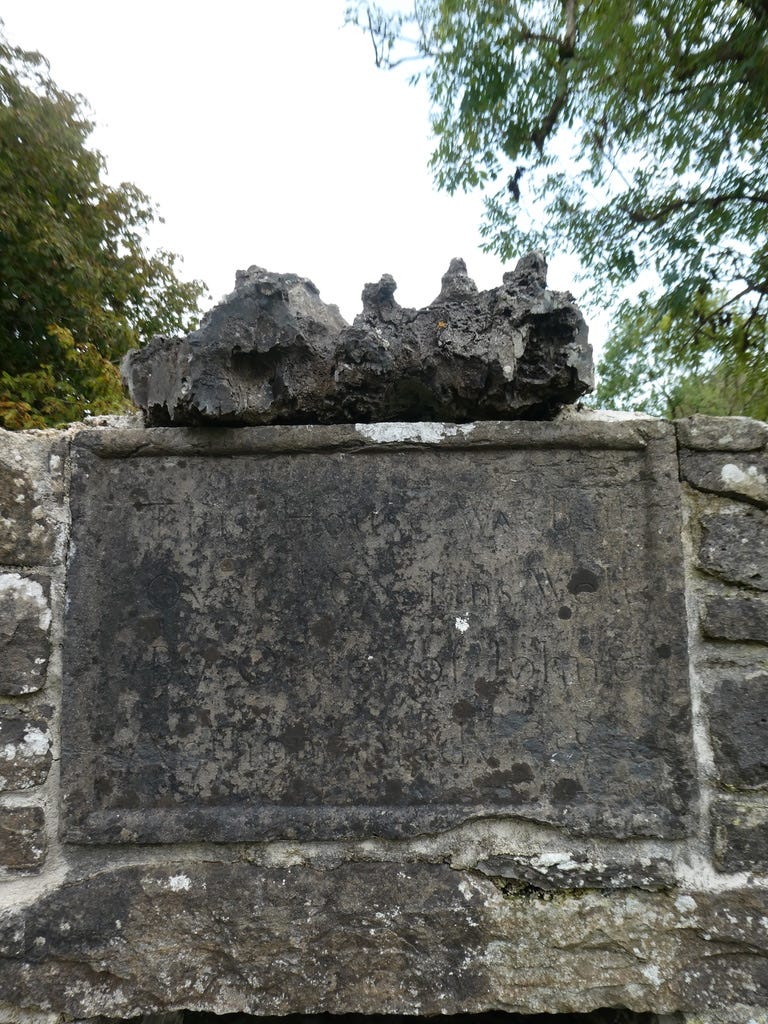

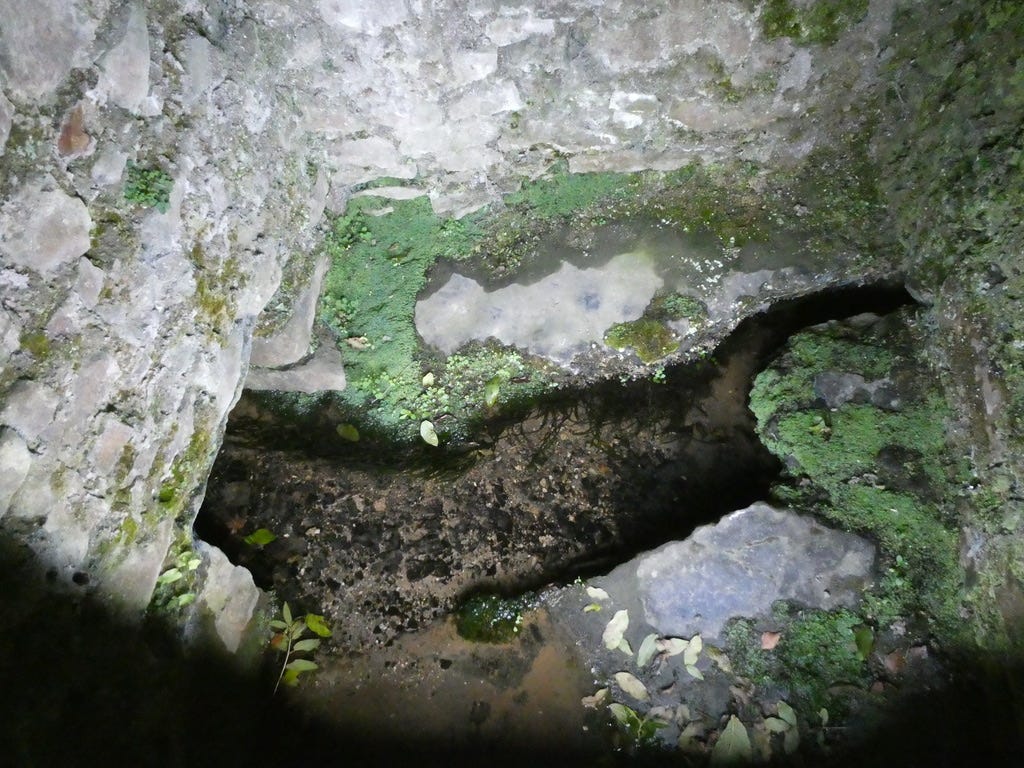
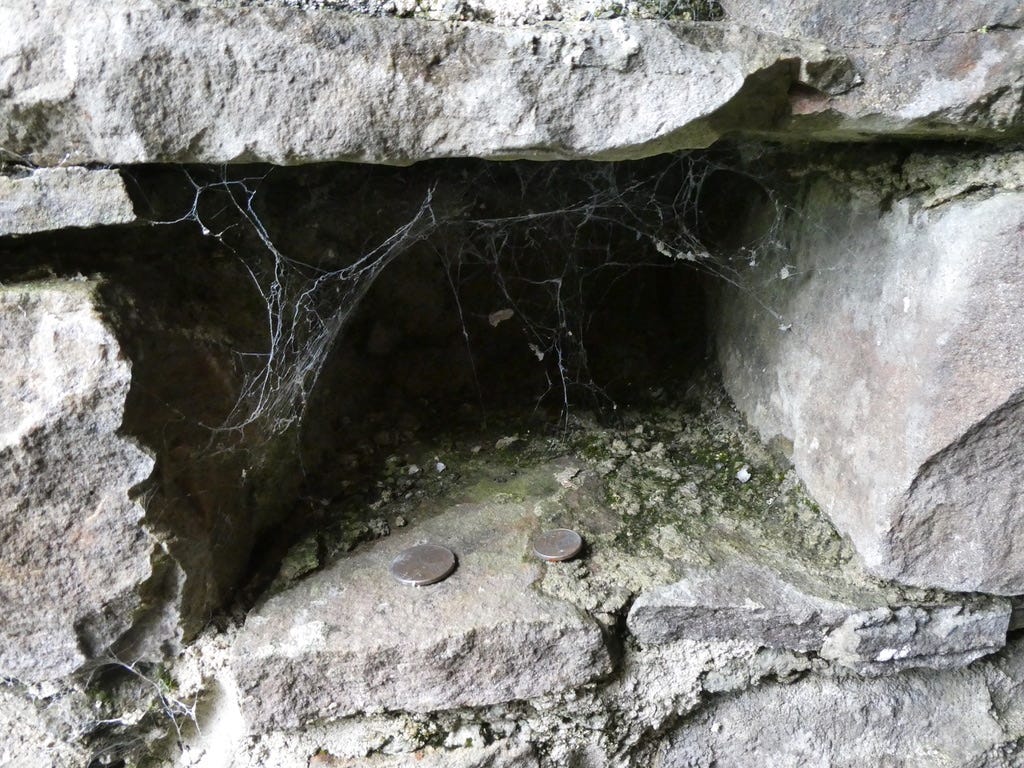
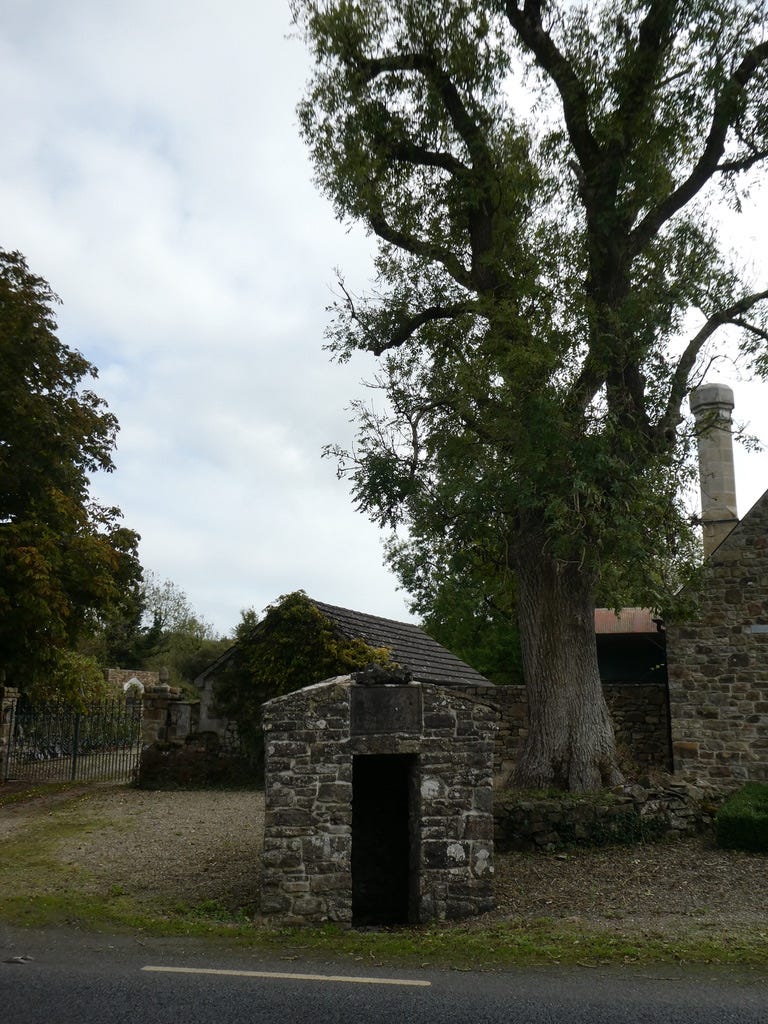
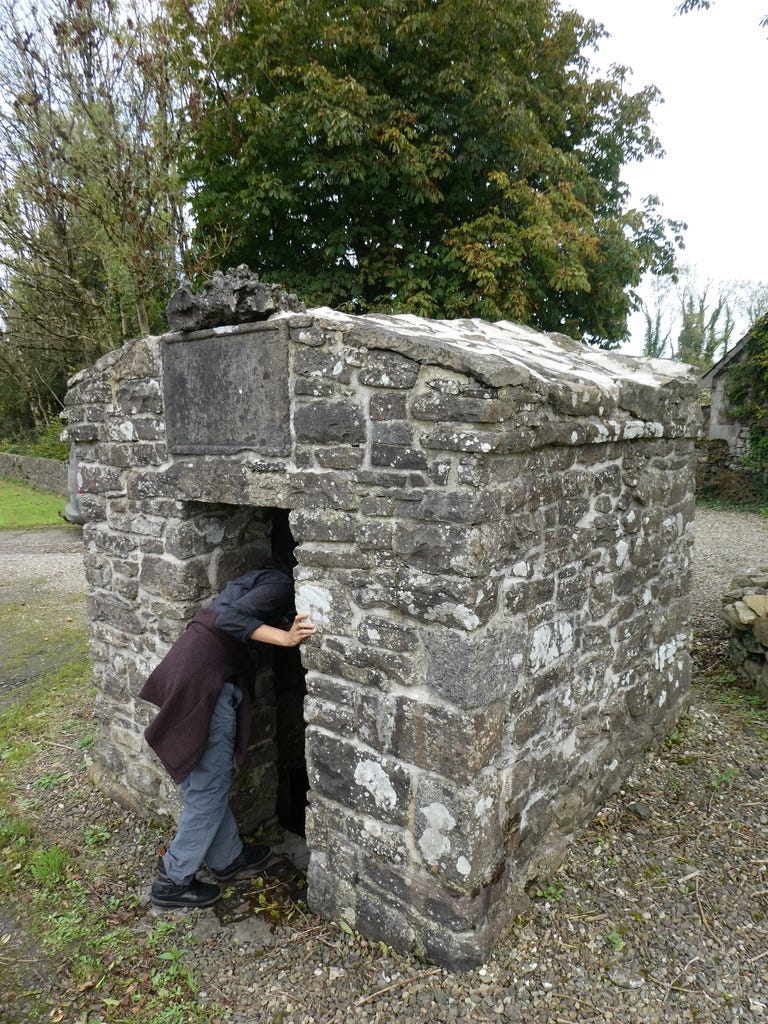
"Above the doorway, beneath an intriguing piece of stone that looks for all the world like a piece of cooled larva..."
Cooled lava, you mean? "Cooled larva" makes me wonder what sort of fossilised early form of mythical Irish beastie this might have been.
I really hope you will turn these posts into a book.